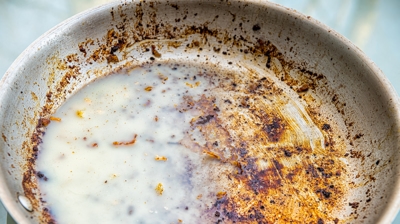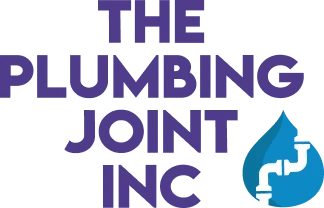the East Side & Beyond!
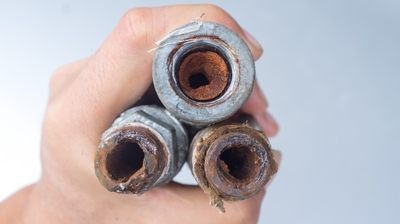
3 Plumbing Pipe Materials You Don’t Want In Your Home
February 3, 2022
Eventually, every home will need to have its plumbing pipes replaced (or repiped), no matter what they’re made of. However, some plumbing pipe materials are significantly more problematic than others. Below, we’ll give you a rundown on three outdated pipe materials that you should replace in your home as soon as possible.
1. GALVANIZED STEEL PIPES
Galvanized steel was a popular pipe material up until the 1960s. If you’re unfamiliar with galvanized steel pipes, they’re made of steel, as their name suggests. The pipes are coated with zinc to prevent the steel from rusting (or corroding).
Why Galvanized Steel Pipes Are Bad
Problems start when the protective zinc coating wears off. If your home still has its original galvanized steel piping, that coating is gone by now, at least on the pipes’ interior. Once the zinc wears off, the steel starts to rust.
Galvanized steel pipes corrode from the inside out. Rust and mineral deposits accumulate inside the pipes, weakening the steel and restricting waterflow. The pipes become susceptible to either bursting from high water pressure or breaking and leaking because of how brittle the rust makes them.
Galvanized Steel Pipe Characteristics
Unsure if you have these pipes in your home? Galvanized steel pipes:
- Tend to be in homes built before the 1960s
- Are metallic gray
- Show rust around their joints
- Will attract a magnet
- Produce weak water pressure from fixtures (because of rust and mineral buildup)
- Can create poor water quality as rust from the pipes enters your water supply
2. POLYBUTYLENE PIPES
While outdated pipe materials tend to be a more common issue in older homes, even homes from the mid-1990s might still contain dreaded polybutylene pipes. The pipes were meant to be a cost-effective plumbing solution, but things turned out quite differently.
Why Galvanized Steel Pipes Are Bad
Polybutylene pipes were installed in approximately 10 million American homes between 1975 and 1996. They were less pricey than other materials and seemed to show great promise in terms of durability. Unfortunately, polybutylene reacts poorly to chlorine and other common disinfectants used in water treatment plants.
Over time, the chlorine in treated water breaks down polybutylene. The pipes become extremely weak and prone to leaking. This very problem became infamous and caused so much water damage that people eventually filed class-action lawsuits. Many insurance companies will restrict coverage or refuse to cover damage resulting from these pipes.
Polybutylene Pipe Characteristics
Are you concerned that your home might have polybutylene piping? Polybutylene pipes:
- Tend to be in homes built between 1975 and 1996
- Are usually gray but might also be black, white, or blue
- Are not entirely rigid and have some slight flexibility to them
- Might have code “PB2110” stamped into them
- Likely have had leaks already
3. LEAD PIPES (OR LEAD SOLDER)
The Safe Drinking Water Act Amendments of 1986 outlawed the use of lead pipes and solders in drinking water systems. However, lead is still out there, particularly in older homes. When lead enters drinking water, it typically comes from lead pipes, faucets, or other plumbing fixtures.
Why Lead Pipes Are Bad
Lead is toxic if ingested, and it can enter your drinking water if it’s in your plumbing system. This becomes increasingly likely as lead pipes corrode. Corrosion allows pieces of the pipes to break off into your water.
When lead enters your body, it may cause multiple health problems, including decreased kidney function and increased blood pressure. In children, lead poisoning can damage the brain and nervous system. A woman exposed to lead can eventually expose her fetus to it during her pregnancy and transmit it through breastmilk. This is because lead can accumulate in a human body over time.
Keep in mind: even if your pipes aren’t made of lead, the solder that holds the various pieces of pipe together could be. For a long time, it was widespread for copper pipes to be held together by solder that was 50 percent lead and 50 percent tin. Older brass faucets can also contain lead parts.
Lead Pipe Characteristics
Do you suspect you might have lead pipes in your home? Lead pipes:
- Are dark, metallic gray with a matte surface
- Can be easily scratched with a screwdriver to reveal a shinier gray surface underneath
- Will NOT attract a magnet
Fun fact: you can get a magnet to stick to steel pipes but not copper or lead.
Do you need help replacing water lines in your home? For reliable repiping services in Renton, Bellevue, and throughout King, Pierce, and Snohomish Counties, contact The Plumbing Joint Inc. today: (425) 228-3204.
Recent News
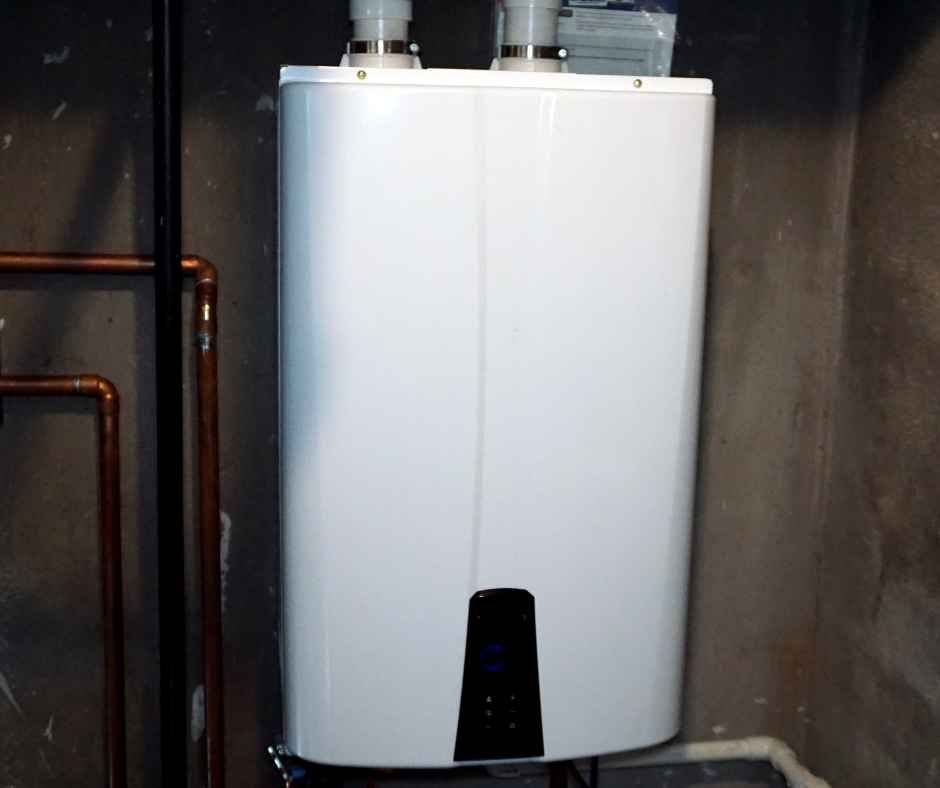
How Does a Tankless Water Heater Work?
April 9, 2024
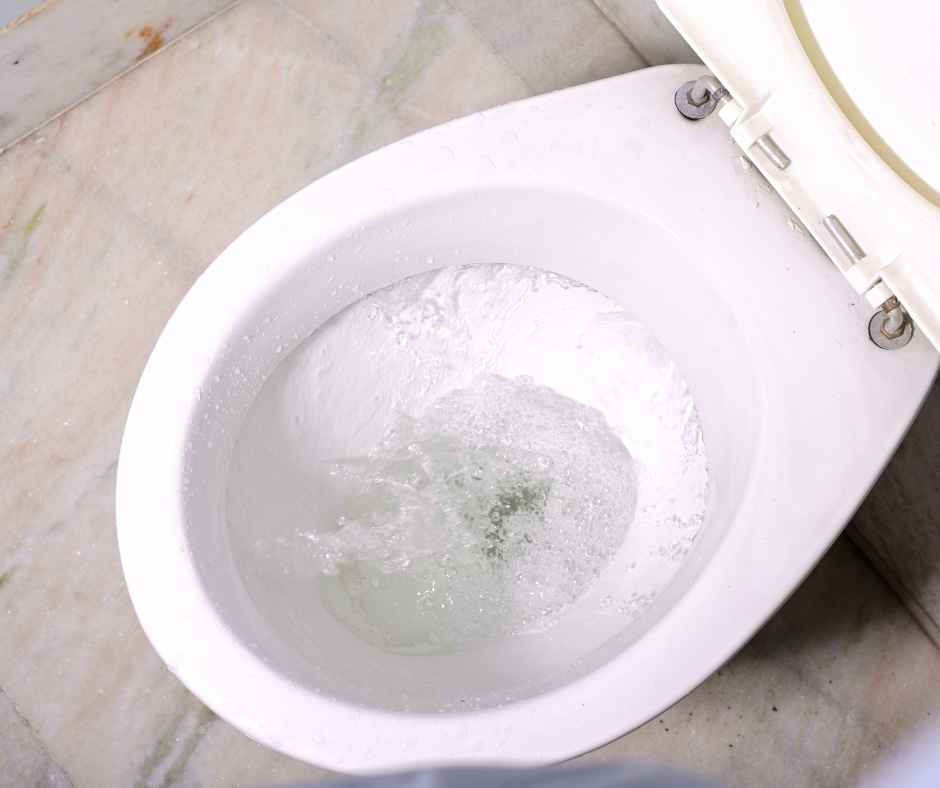
Why Does My Toilet Keep Running?
February 12, 2024
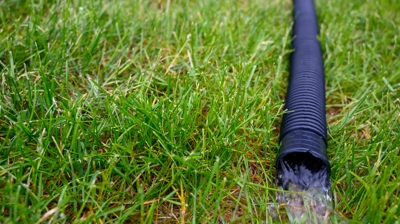
Preparing Your Plumbing for Summer: Tips for Renton, WA Homeowners
June 26, 2023
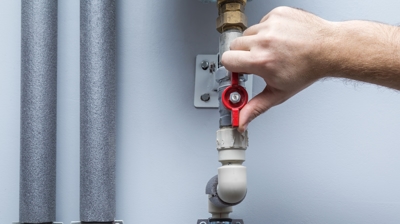
From Thawing to Blooming: How Spring Weather Affects Your Plumbing
April 26, 2023
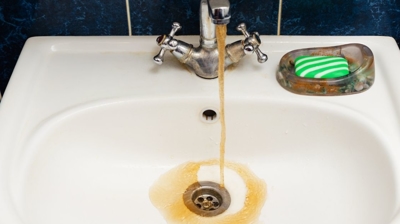
Why Is Rusty-Colored Water Coming Out of My Faucets?
March 14, 2022

How to Get Your Home’s Plumbing Through a Washington Winter
December 15, 2021
